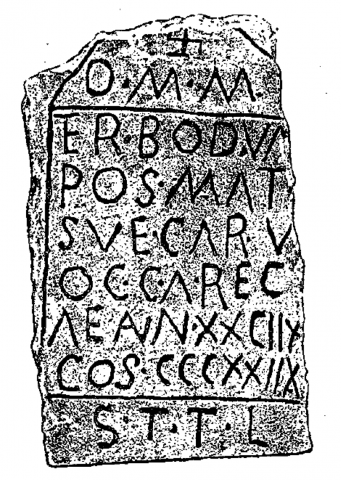28 February 2019 Morgane Uberti (Casa de Velázquez, Madrid – Ausonius, Bordeaux), Engraving and Exposing Time in Late Antique Hispania: work in progress

The talk will deal with the dates in the inscriptions of late antique Hispania. The purpose is not the account of time or the research of a chronological precision to establish concordance tables. No longer dates are just as a tool for chronology. In fact, it is known that a datation system could express relationships with power as well as relationships with history. These interpretations serve cultural and social history. However, they distance us from what the date is per se: is it time, temporality, chronology, experience of time, writing of time? What does it mean to engrave or not engrave a date in Late Antiquity? All of these questions could be raised and therefore, the discussion will focus on the late epigraphic object as a “time capsule”.
There were several dating methods used to locate an event in time : a calendar date which could be combined with a year date which could be expressed by various systems. For instance, in the Iberian Peninsula, there were four methods used during late antiquity : the consular date, the regnal year, the Spanish era and, less often, indiction. The most interesting one is the combination of these systems in the same object and, moreover, their connection to other traces of time in the inscription such as age or symbols like alpha and omega. Thus, the inscription becomes an object that holds diverse temporalities. Based on this « ecology » of the date in the inscription (i.e. : its relationships to its context and the componants of the context), this paper will be an opportunity to discuss « the ways of being in time » during Late Antiquity and a first step to conceive the date as a writing of time.
